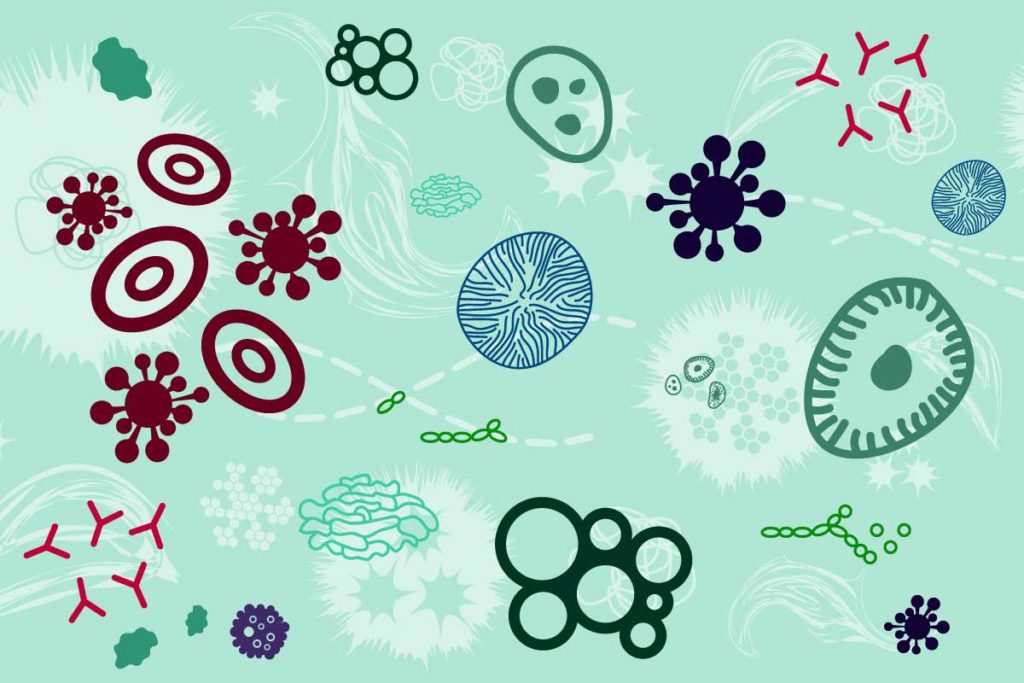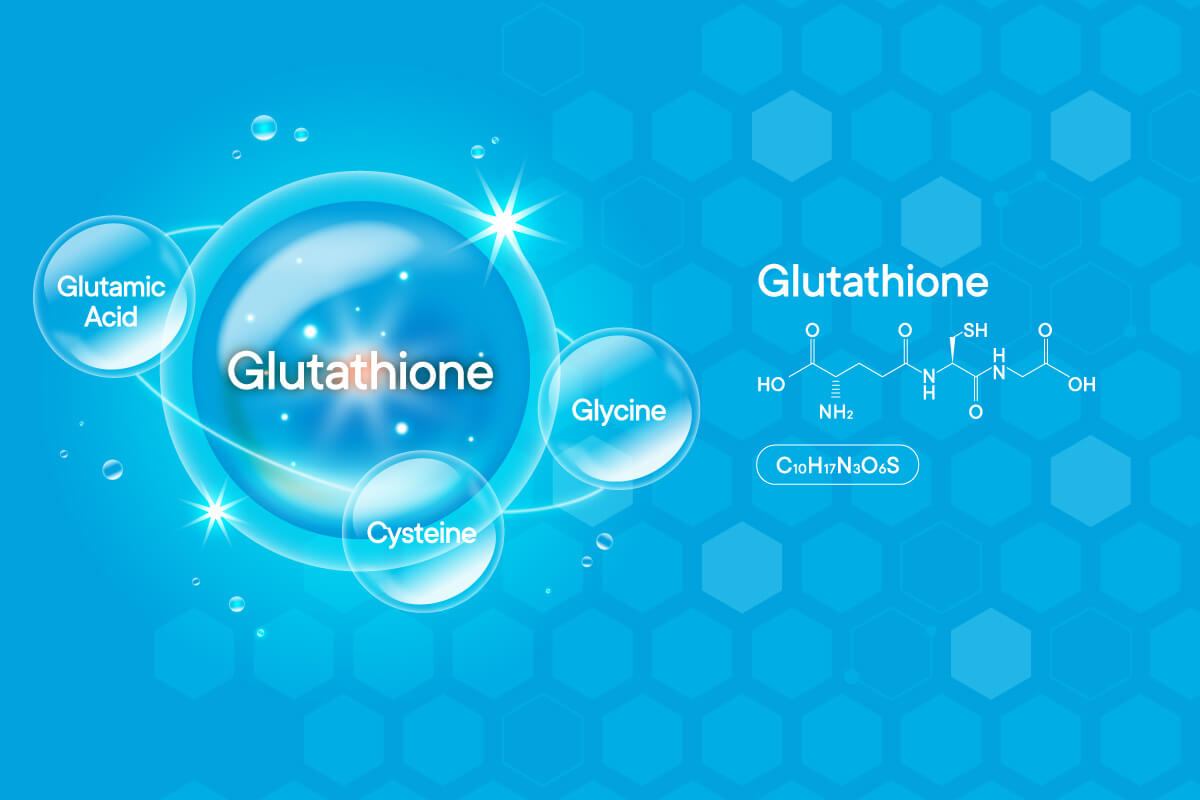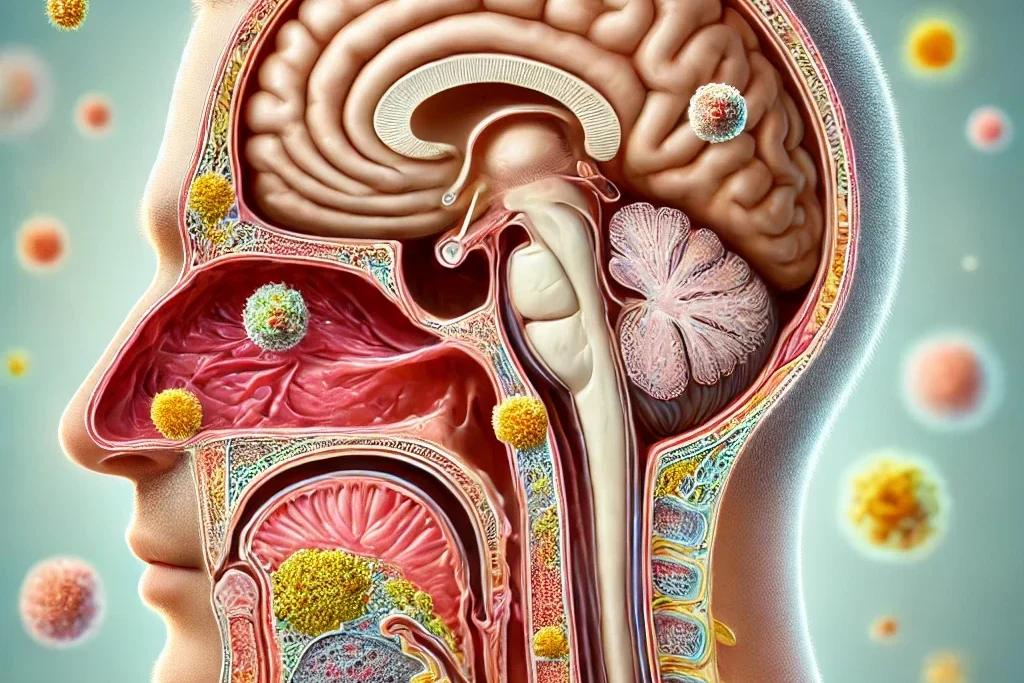Most symptoms associated with chronic illnesses are a result of the immune response and subsequent inflammation. The immune response can directly damage tissue in the body or cause autoimmune antibodies to form. The immune and inflammatory activation goes beyond causing symptoms and contributes to the underlying pathophysiology of the condition. Low dose immunotherapy is a treatment that works by improving immune “tolerance” when there is an inappropriate immune response. Low dose immunotherapy (LDI) can successfully treat infections, autoimmune diseases, and inflammatory conditions.

The Role of the Immune System in Chronic Illness
The immune system is responsible for the important task of protecting us from foreign invaders, and it must not attack our tissue. The immune system has to distinguish “self” from “non-self.” Because of this critical role, the immune system is the most complex organ system in the human body.
What happens when the function of the immune system goes awry? The immune system generates cytokines and other molecules that result in inflammation. This is a normal response in an acute injury. However, when inflammation becomes chronic, it damages tissues and interferes with the normal function of organs. Inflammation is what causes symptoms. For example, when you have the flu, the symptoms – fevers, chills, aches, pains, and malaise – are not directly caused by the influenza virus but by the immune response to the virus. Most symptoms associated with chronic illnesses are a result of chronic inflammation.
Persistent Immune Activation Triggered by Infections
The immune system is activated when exposed to pathogens such as bacteria, viruses, and fungi. General and specialized immune cells respond to pathogens to reduce the risk of the infection spreading and causing serious harm or death. Normally, when the pathogenic load reduces, the immune system turns off. However, it is normal for humans to have low levels of good and bad bacteria, viruses, and fungi. When the immune system loses appropriate tolerance to this human microbiome, chronic inflammation develops, leading to symptoms.
The immune system has developed a hypersensitivity response to pathogens similar to an inappropriate immune response to pollen or grasses in allergies. The immune system can be retrained or desensitized, so it does not produce an exaggerated response to low levels of a harmless antigen.
Chronic yeast or candida “infections” are a classic example of a hypersensitive immune response. Symptoms improve when someone is on an anti-fungal medication or supplement, but as soon as they stop the treatment, symptoms return. The immune system is stuck on overdrive reacting to normal low levels of this antigen, causing inflammation.
How Does Low Dose Immunotherapy (LDI) Work?
Low dose immunotherapy (LDI) was developed based on the same concepts of low dose allergy therapy (LDA). Low dose allergy therapy uses very dilute allergens, including foods and inhalant allergens, to improve immune tolerance to these substances. Low dose immunotherapy employs highly diluted doses of bacterial, viral, fungal, and other antigens to modulate an inappropriate immune response.
LDI antigens effectively treat symptoms associated with chronic infections when inflammation from the immune system persists despite a reduced infectious load. LDI is also effective at treating autoimmune conditions triggered by a bacteria, virus, or parasite. Occasionally when antibodies form against a pathogen, the antibodies will attack human organs and tissues, causing an autoimmune condition. This concept is known as molecular mimicry and is a primary cause of autoimmune diseases.
How Is Low Dose Immunotherapy Used?
The successful use of LDI requires identifying the antigen or antigens that are causing the symptoms or disease. This can be straightforward, such as using the Lyme disease antigens to treat the chronic inflammatory response from Lyme disease. Other times, it is unknown which antigen has triggered the immune dysregulation. A careful medical history, current symptoms, and past response to medications can help determine which antigen will be most effective. In the above example, the yeast antigen mix could be used when symptoms related to yeast or candida improve on anti-fungal medication but return once the medication is stopped. It is not uncommon for multiple antigens to be used to find the correct antigen(s) in complex chronic illnesses.
Narrowing in on the correct starting dose of LDI is essential for an effective outcome.
LDI antigens are diluted into many doses. The weaker the dose, the higher the number. It is best to start with a weak dose to not cause a flare in symptoms. The goal of the starting dose is to produce a slight improvement in symptoms. If the dose is too weak, there will be no improvement in symptoms (or the wrong antigen was used).
Once the effective starting dose has been identified, the next dose is usually administered at seven weeks. The second dose is typically stronger to provide a longer-lasting improvement in symptoms. Booster doses can be given before seven weeks if symptoms have returned. The frequency of LDI administration reduces as the strength of the dose is increased and symptoms improve for more extended periods. Symptom improvement is used to guide treatment, but ultimately LDI is working on the underlying mechanism that is causing symptoms by modulating the immune response to antigens.
Conditions Treated with Low Dose Immunotherapy (LDI)
Low dose immunotherapy effectively treats many diseases and symptoms caused by a persistent inflammatory response triggered by various pathogens.
- Chronic Lyme disease, Babesia, Bartonella
- Autoimmune conditions
- Multiple sclerosis
- Rheumatoid arthritis
- Fibromyalgia
- Chronic fatigue syndrome
- Chronic yeast or candida infections
- Chronic herpes outbreaks
- Inflammatory bowel disease – Crohn’s and ulcerative colitis
- Skin rashes or outbreaks caused by fungi or bacteria
- Recurrent urinary tract infections
Low Dose Immunotherapy for Lyme Disease
Anyone who has – or knows someone who has – chronic Lyme disease recognizes symptoms can persist for many years, possibly forever. The persistent symptoms can occur after multiple months or years of antibiotic therapy. Some chronic Lyme disease symptoms may result from a persistent immune response to the bacteria even though the bacterial load is insignificant. Chronic Lyme disease and associated infections like Bartonellosis is likely a dynamic of bacterial load and immune response. When the bacterial load reduces and the immune response to the organisms is modulated, symptoms improve.
This imbalance is demonstrated when symptoms improve on antimicrobial treatments (antibiotics or herbs) but return as soon as the therapy is stopped. Compared to an acute infection, bacteria replicate and die off slowly in chronic infections. These bacteria are referred to as persister cells. Many traditional antibiotics work when bacteria are rapidly dividing and are ineffective when bacteria are in a persister state. If low levels of slowly dividing bacteria are present in chronic infection, symptoms may be related to an overactive immune response, and low dose immunotherapy may significantly benefit.
Restoring Proper Immune Function is a Critical Step in Healing
Autoimmune conditions are a result of the immune system losing proper regulation. The immune system does not start attacking our body without a cause! Symptoms from chronic infections are caused by a hypersensitive or persistent immune response to an antigen that may be harmless at low levels. Autoimmune diseases and chronic infections are associated with immune dysregulation, and low dose immunotherapy is an effective treatment for restoring proper immune function.



